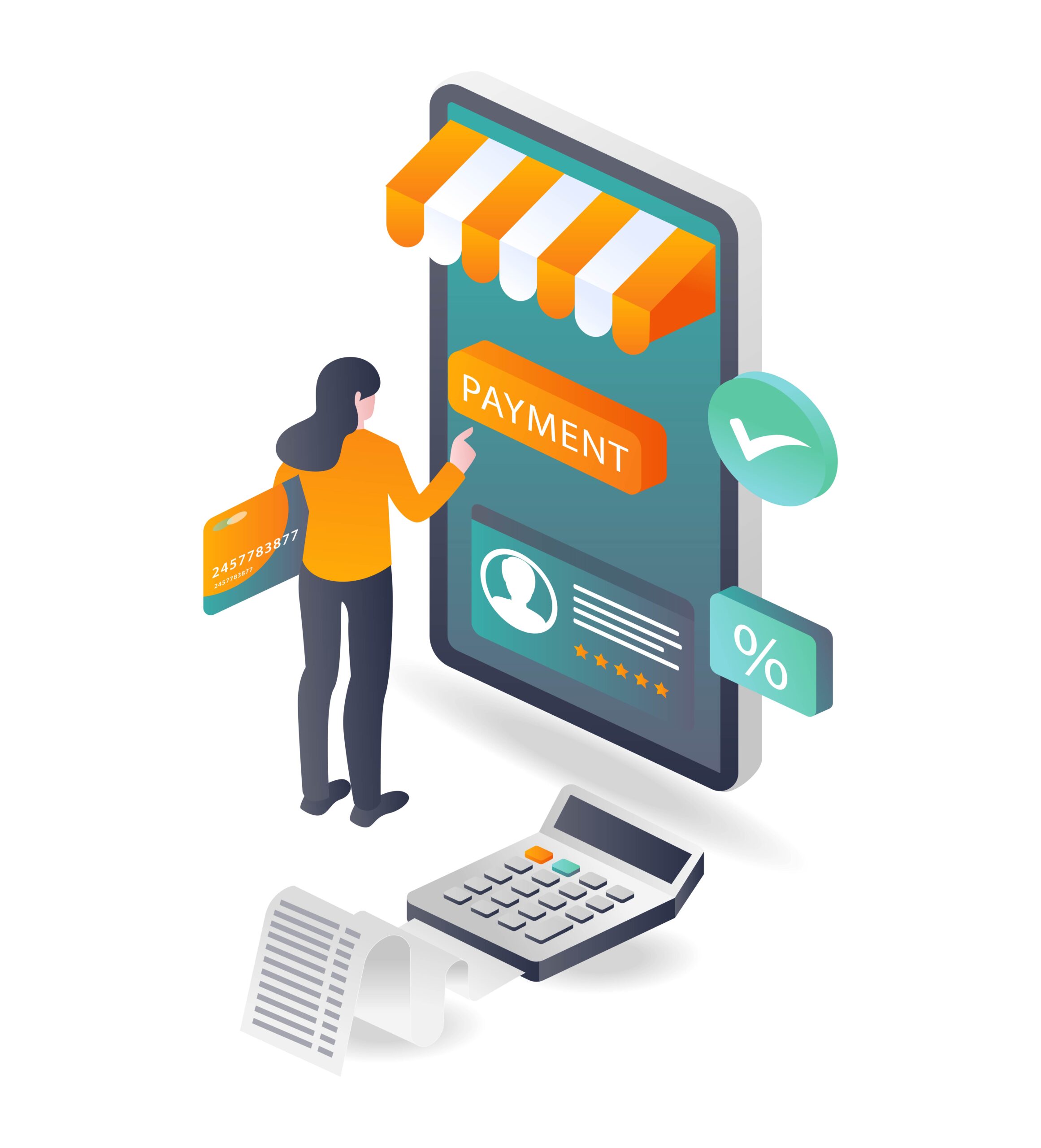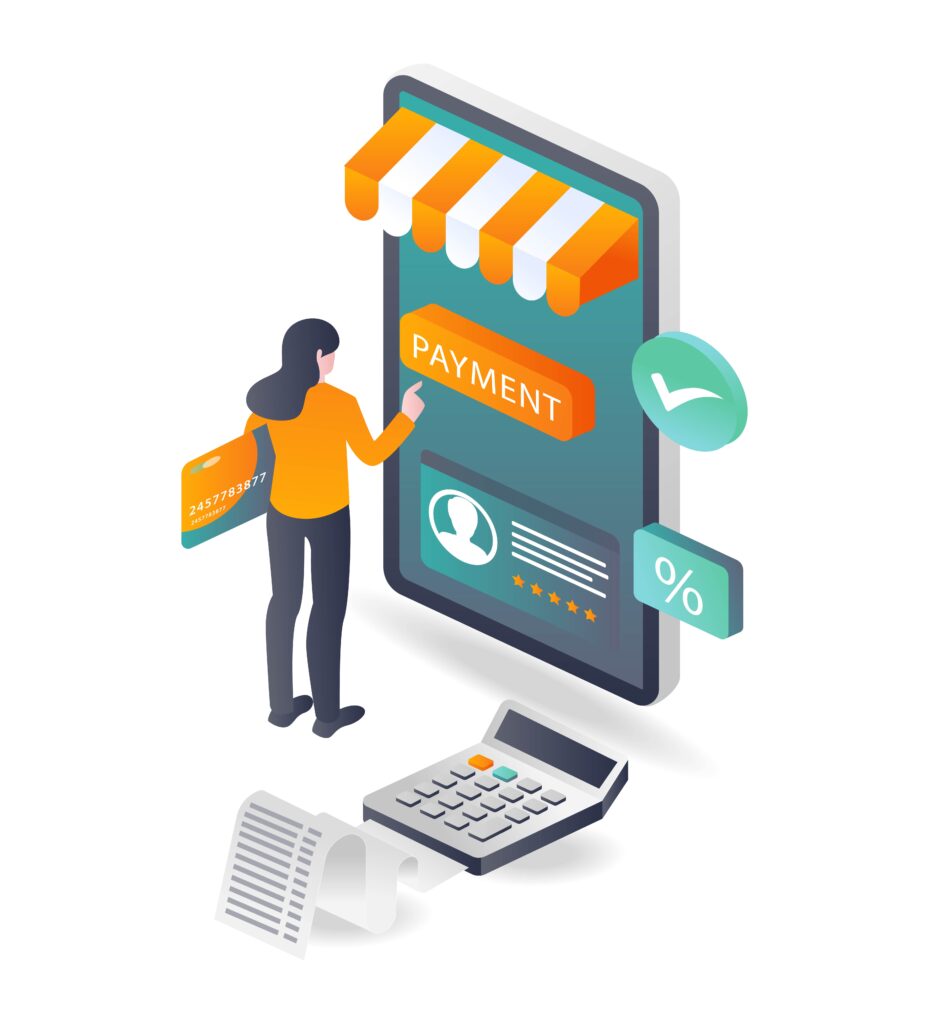
In a day and age where almost everything can be purchased with a few clicks on a screen, online payments have become an integral part of our daily lives. Whether you’re buying a new gadget, ordering food, or subscribing to streaming services, you’re likely using some form of online payment.
However, behind the scenes, there are complex systems at work to ensure your payment is processed securely and swiftly. Two key players in this process are Payment Orchestration and Payment Gateways. Here, we’ll explain all there is to know about these two terms and explore how they contribute to the flow of online transactions.
Understanding the Basics
Before we can dive into the differences between Payment Orchestration and Payment Gateways, let’s establish a fundamental understanding of what they are.
Payment Gateway
Imagine you’re standing in front of a physical store, ready to make a purchase. In the online world, the Payment Gateway plays a similar role to the cashier at the store. So, it’s the technology that securely collects your payment information (e.g., credit card details) and routes it to the appropriate financial institutions for authorization and processing.
When you enter your card details on a website, the Payment Gateway encrypts this information and sends it to the acquiring bank (the seller’s bank). The acquiring bank then communicates with the issuing bank (your bank) to ensure you have sufficient funds and that the transaction is legitimate. If everything checks out, the issuing bank sends an approval back through the Payment Gateway, allowing the online store to complete your purchase.
Overall, the Payment Gateway is the bridge connecting the online store to the financial institutions responsible for handling the transaction. It, furthermore, ensures your payment is securely transmitted and verified, making it a vital component of online commerce.

Payment Orchestration
While Payment Gateways handle the technical aspects of payment processing, Payment Orchestration takes a broader, more strategic role in managing the entire payment ecosystem.
Namely, you can think of Payment Orchestration as the conductor of an orchestra. It, therefore, coordinates various instruments (payment methods) to create a harmonious and efficient symphony (the payment process).
Payment Orchestration platforms are designed to simplify the complexities of online payments. They provide businesses with a single interface to manage multiple payment methods, such as credit cards, digital wallets (like PayPal or Apple Pay), bank transfers, and more. This flexibility enables merchants to offer a wide range of payment options to their customers, enhancing the shopping experience.
But Payment Orchestration goes beyond mere convenience. It also optimizes the payment process by intelligently routing transactions to the most cost-effective or reliable payment methods. For example, if a customer from Europe wants to make a purchase, Payment Orchestration can detect their location and suggest a local payment method, reducing international transaction fees and enhancing conversion rates.
The Main Differences
_________
Now that we’ve laid the groundwork, let’s explore the differences between Payment Orchestration and Payment Gateways in more detail.
Scope of Functionality
- Payment Gateway: As mentioned earlier, Payment Gateways primarily focus on securely transmitting payment data and facilitating the authorization and settlement of transactions. Their functionality is more limited in scope, centered around the technical aspects of payment processing;
- Payment Orchestration: Payment Orchestration extends its reach far beyond transaction processing. It encompasses the management of various payment methods, fraud prevention, currency conversion, and optimizing the payment flow for better customer experiences. As such, Payment Orchestration is a strategic tool for businesses to streamline their payment processes.
Payment Method Variety
- Payment Gateway: Payment Gateways typically support a fixed set of payment methods. While they may offer compatibility with major credit cards and a few digital wallets, their options are often limited;
- Payment Orchestration: Payment Orchestration platforms excel in versatility. They can integrate with a wide array of payment methods, both locally and globally, allowing businesses to cater to diverse customer preferences. This adaptability is a significant advantage in the ever-evolving world of online payments.
Optimization and Routing
- Payment Gateway: Payment Gateways generally lack advanced routing capabilities. Hence, they typically follow predefined routes for transactions, which may not always be the most cost-effective or efficient choice;
- Payment Orchestration: Payment Orchestration platforms use intelligent routing algorithms. These algorithms consider various factors (e.g., transaction cost, geographic location, and payment method availability) to select the best route for each transaction. This optimization can then lead to cost savings and improved transaction success rates.
Customer Experience
- Payment Gateway: Payment Gateways contribute to the security of transactions but have limited influence on the overall customer experience. However, this largely depends on the checkout process designed by the merchant;
- Payment Orchestration: Payment Orchestration enhances customer experience by offering a wider range of payment options and optimizing the payment flow. A seamless and localized payment experience can boost customer satisfaction and trust.
Integration and Scalability
- Payment Gateway: Integrating a Payment Gateway can be straightforward, but it may require additional work if you want to support multiple payment methods. Scaling up to accommodate new payment options can be complex;
- Payment Orchestration: Payment Orchestration simplifies integration by providing a unified interface for managing multiple payment methods. This scalability makes it easier for businesses to adapt to changing market trends and customer preferences.
Use Cases
_________
So, now that we understand the distinctions between these two, let’s explore scenarios where each shines, shall we?
When to Choose a Payment Gateway
Simplicity
If your business primarily deals with a single payment method, a Payment Gateway may suffice.
Cost Control
For smaller businesses, a Payment Gateway can be more cost-effective, as you pay only for the used services.
Quick Integration
If you need a quick and easy way to start accepting online payments, a Payment Gateway can be a straightforward choice, especially if you’re only considering credit card payments.
When to Choose Payment Orchestration
Diverse Payment Options
If you want to offer customers a wide range of payment choices, Payment Orchestration is the way to go.
Optimization and Savings
Businesses looking to optimize their payment processes, reduce transaction costs, and increase conversion rates should consider Payment Orchestration to take advantage of intelligent routing.
Scalability
If you anticipate growth and the addition of new payment methods, Payment Orchestration provides the needed flexibility and scalability.
Enhanced Customer Experience
If you prioritize offering a seamless and localized payment experience to customers, Payment Orchestration can help you achieve that goal.